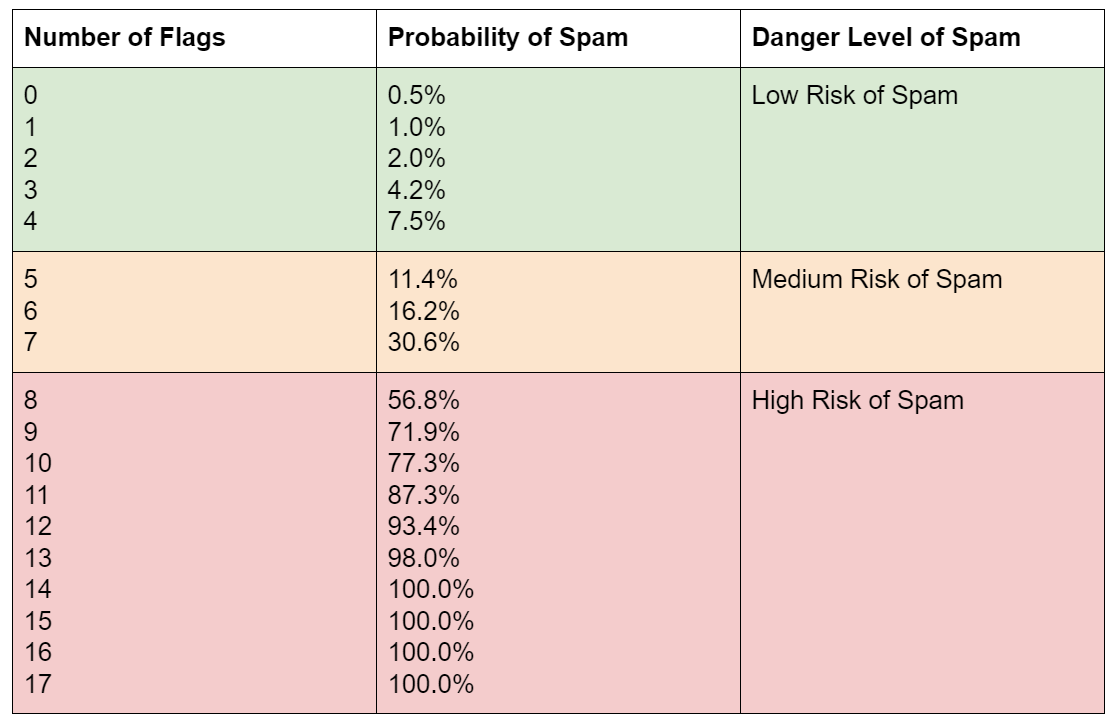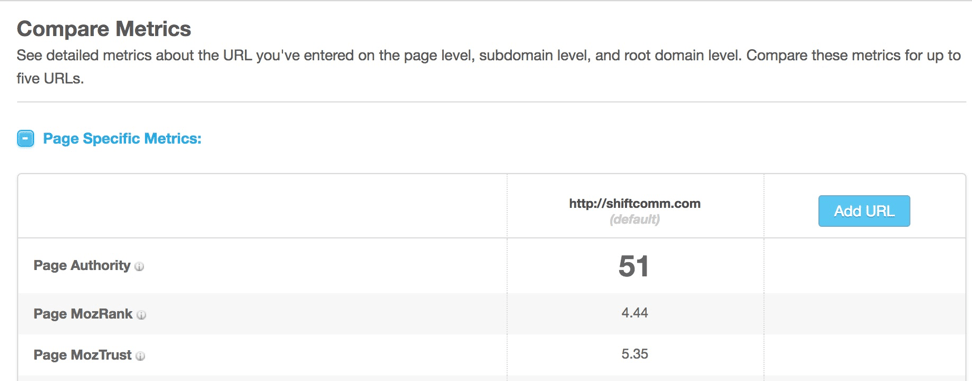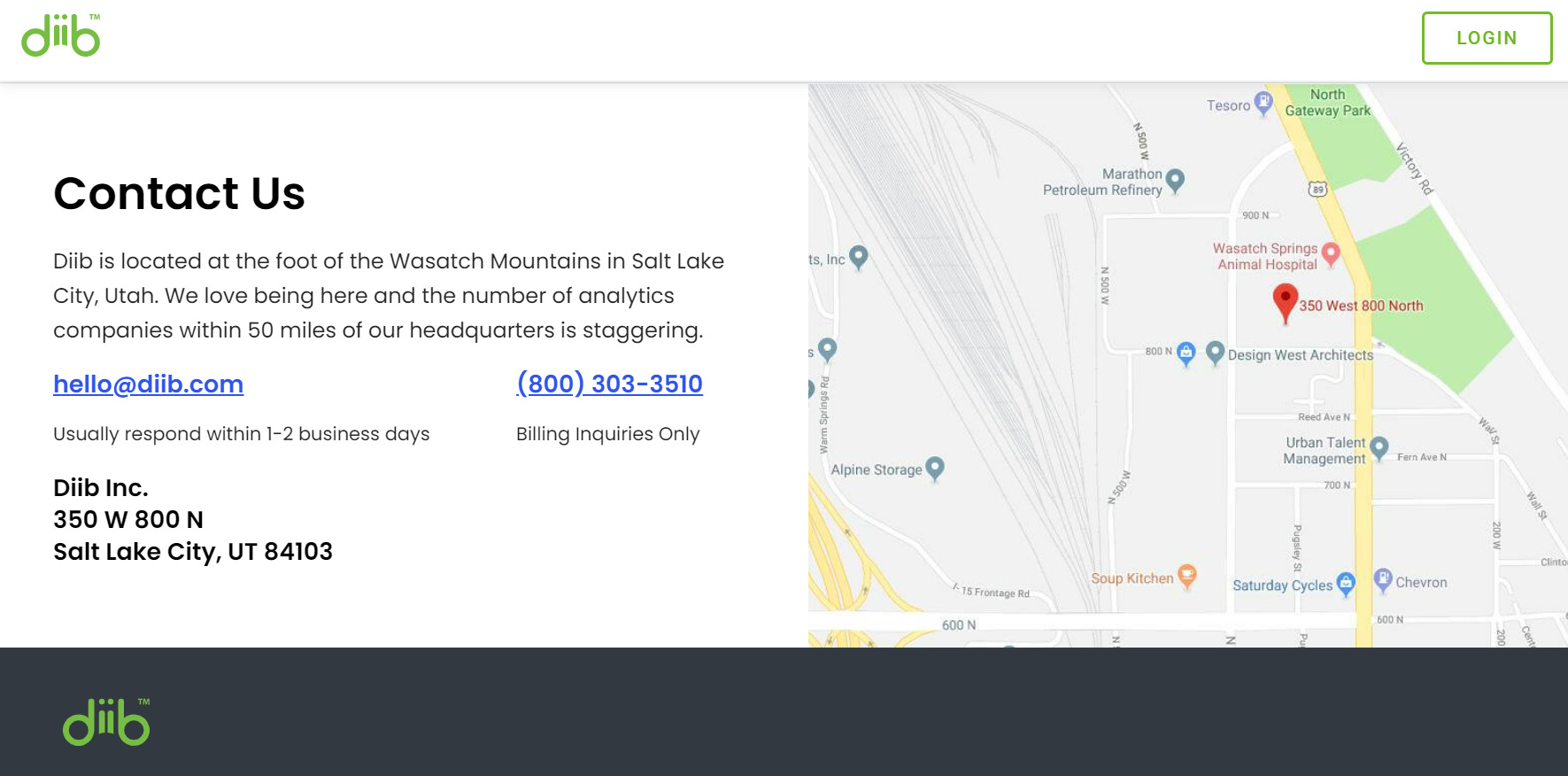Digital marketing is arguably the most essential and profitable marketing approach with a high return on investment. This broad strategy covers aspects such as search engine optimization, content marketing, social media marketing, and even email marketing. Each of these elements may appear independent, but on closer look, they are interconnected. Optimizing these strategies can prove beneficial to your business in terms of increased lead generation, conversion rates, and even high returns. However, many factors can affect your website’s performance and negatively impact your SEO ranking.
One of the most common challenges business owners and marketers have to deal with is the number of spam backlinks their websites attract. A high number of backlinks is one of the best ways to increase your SEO ranking and improve your overall SEO strategy. However, while some backlinks may be genuine; some may be spam backlinks that could jeopardize your rankings and site performance. Some of the consequences of having too many spam backlinks include the following:
- Losing your SERP rankings
- Penalties for Google or other search engines
- Getting de-indexed
To protect and optimize your site, you need to deeply analyze how your website is performing on various search engines and address necessary concerns. One of the best approaches to handling this problem is by leveraging data from a scoring metric known as Spam Score. What is spam score and what is a good spam score? We’re going to go over these and many other questions in this post.
What is Spam Score?
A spam score is a metric used to represent the penalties given to a website by Google. These metrics were invented by MOZ, one of the leading website analysis firms in the world. The project aimed to answer the question of the relationship between a spam score and SEO. A spam score is used to determine the percentage of the potential risk of receiving penalties from Google, primarily because of spammy links. This metric uses machine learning to capture data from sites that have been banned or penalized by search engines. It then focuses on twenty-seven main features that link them together. Most spam score tools scan your site for these features to determine the result in percentages.
A high spam score may indicate that you and your team need to analyze your site and improve the quality of your content and backlinks. The spam score of a website can be classified as follows:
- 1-30% – low
- 31-60% – medium
- 61-100% – high

(Image Credit: Reputio)
So, what is a good spam score? Keeping your score as low as possible is ideal. The higher your spam score, the lower you rank on the SERPs.
Spam Score and SEO
A high spam score may not be a reason for alarm; it’s only an indicator that you need to pay extra attention to your website. This wake-up call allows you to explore the different elements of your site, including the questionable quality of your content and the low authority ratings. However, it’s best to note that these metrics only show the percentage risk; you must dig deeper to find the cause and effect. To maximize spam score tools, you must review your site’s history, checking for previous penalties.
To get ahead of the problem and solve your spam score and SEO issues, you need to analyze and evaluate the quality of backlinks associated with your website. There are several comprehensive spam score and SEO tools that you can use to check and even remove troublesome links. You should also review the content on these pages to gauge their value and relation to your site.
What is a Good Spam Score?
When asking yourself, “What is a good spam score?” could be a loaded question and isn’t always black and white. The term good or bad spam score plays mainly on the percentage difference. As stated, these metrics are presented from 0-100%, with 0-30% classified as low spam scores, which are also known as good. When your site presents results within this range, it is unlikely to be spammy, meaning your incoming links add value. However, when the results land between 61-100%, then you should be concerned. At this point, your domain can be classified as spammy, attracting various consequences from Google. A high spam score is also referred to as a bad spam score. These values are only presented when the 27 main features used by spam score tools are paired with your domain.
How to Determine a Spam Score
Determining whether you have a high or lower spam score is simple and straightforward. However, you will need a third-party tool to act as a checker. The tool uses Moz Index to find and analyze subdomains for 17 distinct spam signals. The checker adds a number to the subdomain’s spam score for each of the signals found. The final score is then tallied by adding all the individual spam signals of your subdomain for a total of 0-17. The higher the result, the higher likelihood your site is considered spammy, but a lower spam score means you are safe.
Before drawing conclusions about the results you get from your spam score, you must understand that a spam score operates at a subdomain level rather than the root domain. This is mainly because most spam links are associated with the subdomain level. A high spam score can be attributed to a subdomain, meaning the entire website may not be considered spammy.
Every domain on the internet has at least one spam signal, meaning you don’t have to panic if your site has a few signals. A few indications do not automatically indicate that your website will be classified as spam by search engines. You should also know that a spam score is cumulative, and data is collected over an extended period. You should only be concerned when the spam flags associated with your domain keep rising.
The Signals of Spam Score
To fully understand what is a good spam score and how to determine it, you need to know the signals associated with this metric. When this metric was initially designed, it focused on 17 spam flags. However, through machine learning and collaborative research, domains now rely on 27 distinctive factors to ascertain the spam level of a domain. They include:
Low MozTrust to MozRank Score
These two metrics are among the most critical factors used by Moz to ascertain the credibility of a domain. A website’s lower MozTrust score against its MozRank score shows a high chance of being spammy. This feature uses a scoring scale of 0-10, with a high score showing the credibility of a website. Check these scores on Moz’s Link Explorer for the best results. For instance:
You Might Also Like

(Image Credit: SHIFT Communications)
Large Site with Few Links
A site with multiple pages and few links throughout the pages could mean the content has little to no value. This feature tells the search engines that the pages have no real value, classifying them as spam.
Low Link Diversity
This signal shows that most of the backlinks to a website are from a small pool of sites. An example is when a domain has more than 300 backlinks but only ten linking domains, then the domain can be considered to have low link diversity. Multiple incoming links from the same sites can be classified as a spam score signal.
The Ratio of Do-Follow Vs. No-Follow Links
The ratio of do-follow vs. no-follow links may seem negligible at first sight, but it plays an essential role in determining your spam score. Having a high number of do-follow backlinks versus a low number of no-follow links can indicate that the links need to be more natural, causing your site to be flagged as spammy.
The difference between a Dofollow and a Nofollow link is that a Dofollow link passes PageRank signals (some refer to this as SEO or link juice), and a Nofollow link doesn’t,” said Paul Ronto, CMO of RunRepeat.
Minimally Branded Anchor Texts in Inbound Links
SEO marketing depends on choosing your domain’s ideal keywords and anchor texts. However, with the revised ranking criteria, more than keywords may be needed to raise your SERP rankings. It’s advisable to have a balanced ratio of different anchor texts to optimize your links. Organically linked domains tend to have several links with branded anchor texts.
Thin Content
Your website content is vital to your SEO strategy and overall marketing campaign. Google recently launched its BERT algorithm that requires websites to present users with high-quality content to secure their SERP rankings. Keep in mind that search engines are designed to provide users with the best results for their queries. This means you must create in-depth, reliable, and captivating content for your audience.
Small Site Markup
Site markup focuses on elements such as CSS, Schema, and JavaScript. These elements are designed to enhance the user experience of a website. This means having few markups with basic HTML, poor structure and formatting, and low-quality graphical elements could classify your domain as spammy.
A Low Number of Internal Links
One of the most precise indicators of a page with valuable content is the presence of multiple internal links. Internal links make it easy for users to navigate your domain and increase their stay time. All these factors indicate an elevated user experience. A site with little to no internal links may be a sign of content with no real value and can be classified as spam.
External Links in the Navigation
There are cases when a site is built without external links on its navigation menu. Many external links can be mistaken as leading to advertising channels.
No Contact Info
A reputable site should have contact information, regardless of its purpose. This information is included in the menu or header, somewhere users can easily access it when they need to correspond with the administrator. For example:

A Low Number of Pages
In most cases, domains with few pages are classified as spam. However, you can create hundreds of pages for your site. All you need to do is optimize the content of each page to provide valuable content to users.
Length of Domain Name
Previously, one of the best ways to attract traffic or increase a website’s ranking was by including relevant keywords to the domain name. You can still choose this approach, but there may be better approaches if the keywords required are shorter. You need a short, simple, and precise one to avoid being spammy. For a domain name to be considered spam, it would need to exceed 63 characters. However, ideally, your name should be 6 to 10 characters.
Domain Names with Numbers
Adding numbers to your domain name is a good idea. However, this may need to be revised with Google. To avoid risks, you should stick to the English alphabet for your domain name.
Domain Names with Hyphens
Domain names with hyphens are often difficult for users to find and are mostly considered spam.
Top-Level Domain Correlated with Spam Domains
A top-level domain that creates spam sites can issue a red flag and indicate a spammy site.
No Google Font API
Websites that don’t use specialized fonts, such as the Google font API, can be considered spammy.
Lacking Google Tag Manager
Most spam domains lack a Google Tag Manager. A tag manager is a vital tool issued by website developers to help manage marketing tags. With this tool, you can future-proof your site and improve its flexibility and security.

(Image Credit: Semrush)
Lacking Double-Click
Sites without Double-click tags can also be considered spammy. These tools are used to manage online advertising and control the time and location where ads appear,
Lack of LinkedIn Link
A domain with a LinkedIn link has a lower chance of being considered spam, while those without a link have a high correlation to spam.
SSL Certified
An HTTPS domain is usually SSL-certified. This certification refers to the data files allowing a secure connection from the server to the browser. It is used to encrypt sensitive information shared on a website.
Too Many Meta Keywords
A web page with too many meta tags can be considered spam, unlike those without.
Too Long or Too Short Meta Keywords
A site with meta keywords that are too long or short may be flagged as spam.
Long Meta Descriptions
Adding meta descriptions to your pages has numerous SEO benefits. However, Google prefers a meta description, not more than 160 characters. Spam domains often exceed the required characters; you should keep your description between 50 -160 characters.
Non-Local rel=canonical Tags
Search engines use a rel=canonical tag to identify the master version of a page. A domain that uses a non-local rel=canonical tag that directs users to an external link is often considered spam.
Facebook Pixel
Websites with Facebook pixel, a code added to your domain used to measure the behavior and actions of users, are not as likely to be considered spam. However, those that don’t have one can be flagged as spammy. Here is an example of what Facebook Pixel looks like:
![]()
(Image Credit: Placeit Blog)
Webspam Topic Words
Domains flagged as spam often have words related to webspam topics such as gaming, adult content, and casino sites. It’s best to avoid such words when creating content.
Lack of Browser Icon
Unlike a spam site, an optimized and quality site will have a small website icon at the top of the browser tab.
How to Lower your Spam Score
Having learned how a spam score is determined and the key signals used to create your score. You need to develop a way to lower your spam score, especially when your domain is at risk of being flagged as spam. Below are a few quick ways to reduce your spam score.
- Remove spam links and get quality links- this is one of the best approaches to dealing with a high spam score. By leveraging SEO tools, you can find and remove spam links from your pages and, in turn, help you achieve a lower spam score.
- Get HTTPS- if your domain is not secured, you should consider securing it using HTTPS. This way, you can send out a good trust signal.
- Promote do-follow to no-follow links- do-follow links allow users and search engine bots to reach your website, while no-follow links request search engine bots not to crawl certain pages.
- Avoid external links in navigation- it’s best to avoid external links within your content.
- Include your contact info- one of the measures of trustworthiness is providing users with your contact information. This way, you can position yourself as a legit and trustworthy domain.
- Avoid Spam phrases- some certain words and phrases can potentially be flagged as spam when used in your content. These include adult content, pharmaceuticals, and casinos. It’s best to avoid such phrases.
Importance of Spam Score
A spam score plays an essential role in your overall marketing strategy. This is because it gives you access to two critical pieces of information:
- How spammy your website or subdomain are perceived
- How spammy your incoming links are perceived
Most marketers think having a lot of backlinks can help increase their SERP rankings. However, this may not be the case if your subdomain is filled with spammy backlinks. These links cause more harm than good and need to be removed. Aside from exposing the spam level of your domain, this metric also provides a framework to help you evaluate the spam level of individual pages within your site. This way, you can make the necessary adjustments to avoid penalties from Google.
Diib Digital: What is a Good Spam Score for YOU?
Spam scores can seem complex and illusive, but they don’t have to be. Learning what is a good spam score and how to improve yours can be as simple as daily alerts and objectives giving you targeted data and easy to follow prompts to lower your spam score. Diib Digital provides a platform for everyday business owners, like yourself, to demystify SEO and spam scores. Here are a few of the features of our user dashboard you’re sure to find helpful:
- Bounce rate monitoring and repair
- Social media integration and performance
- Broken pages where you have backlinks (404 checker)
- Keyword (including snippets), backlink, and indexing monitoring and tracking tools
- User experience and mobile speed optimization
- Technical SEO monitoring
Click here for your free 60 second site scan or simply call 800-303-3510 to speak to one of our growth experts.




One thought on “What is a Good Spam Score for 2022”